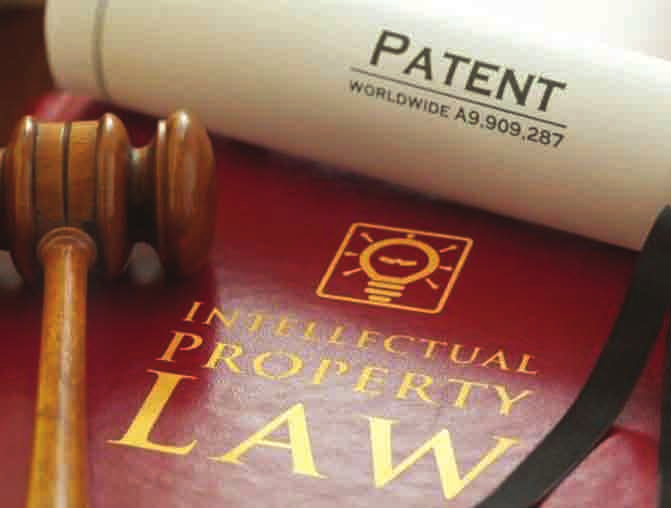
Conceptual Similarity of Trade Marks: The Indian Position
It is a well settled and well recognized principle of trade mark law that rival marks are to be compared as a whole and not broken down into their constituent elements. This principle has been recognized, implemented and upheld in a catena of judgments by various Courts in India. In comparing rival marks, several comparative tests are employed by Courts- visual, phonetic, structural and conceptual (individually and combined). While the visual and phonetic tests are fairly obvious, a structural test looks at the structure and make-up of the rival marks. For example- are both rival marks word marks? Are the rival marks a word mark versus logo mark?
The conceptual similarity test is one that has not attracted too much of stand-alone attention by Courts in India. In most cases, the conceptual similarity test has been paired with other comparative tests to determine the similarity of rival marks and the likelihood of confusion. The conceptual similarity test, simply put, seeks to compare rival marks in terms of the underlying idea/concept that the marks imply or project. The key question that arises in such a test would be whether the average man, on seeing two conceptually similar marks, may get confused or deceived on account of the similarity of the underlying concepts.
A good example of the conceptual similarity test can be gathered from the celebrated decision of the Hon’ble Supreme Court of India, way back in 1960, in the case of Corn Products Refining Co. v. Shangrila Food Products Ltd. The rival marks in question here were GLUVITA versus GLUCOVITA, in respect of biscuits. While holding that the likelihood of confusion and deception exists, the Court noted that the rival biscuits both contained glucose as an ingredient and, therefore, the idea conveyed by the rival marks were the same- i.e. conveying the ideas of glucose and life-giving properties of vitamins. A look at the rival marks makes it apparent that both marks contain elements that suggest ‘Glucose’ and ‘Vitamins’, thereby conveying the same meaning and concept; which, in the Courts opinion, could give rise to trade connection in the eyes of an average buyer.
Another interesting case in the Indian jurisprudence on conceptual similarity is that passed by the Appellate Bench of the Hon’ble Delhi High Court in Shree Nath Heritage Liquor Pvt. Ltd. v. Allied Blender & Distillers Pvt. Ltd. The rival marks in question here were OFFICER’S CHOICE versus COLLECTOR’S CHOICE/ OFFICER’S SPECIAL. While noting that the words OFFICER and COLLECTOR are phonetically different, the Court noted and applied the test of similarity of ideas in deciding the question of deceptive similarity of the rival marks. What is interesting in this case is that the Court examined studies and research papers on the semantic understanding of commonness of ideas expressed through words. The Court undertook a detailed examination of the meaning of semantics through ‘hypernyms’, ‘synonyms’ and ‘antonyms’. Having conducted this study, the Court observed that: “Thus, from the findings of the study provided above, coupled with the legal position on ascertaining similarity of marks based on the ideas conveyed by them, we may arrive at the conclusion that marks containing words with the same sense relation (or falling in the same semantic field, or conveying the same or similar idea in the mind) as that of previously existing marks are likely to be considered so similar as to be refused registration or deemed to constitute infringement of the previously existing trademark”. (emphasis added)
The Court then proceeded to examine the semantic relationship between the words OFFICER and COLLECTOR, and concluded that the word ‘Collector’ is a hyponym of the word ‘Officer’ and both these words are synonyms of the idea of a person holding an office of authority and, therefore, these two words are similar. The Court then proceeded to examine whether these two words were deceptively similar by examining the concept of association of ideas. The Court ultimately held that these two words are deceptively similar, after considering the nature of goods and the class of purchases, by holding that the rival marks convey the same idea.
While the Delhi High Court has clarified the position, as stated above, the enforcement of the issue of conceptual similarity has always been a task for brand owners, especially, for brand owners who are proprietors of word mark registrations. The Courts have found it, until now, difficult to extend the enforcement of rights in a word mark to include conceptual similarity as it broadens the hemisphere of rights. The Courts have tended to apply the conceptual similarity test to composite marks more than word marks.
With this, the issue which arises for discussion is, what rights are given to registered proprietors of a word mark, who have conceptualised or ideated their brand in a way that it is a combination of two or three words? In law, a registered proprietor of a word mark, as described above, has the right to use the entire word mark, to the exclusion of others, and also exclude use by others of a substantial portion of the word mark, if the said word mark is a combination of two or three words or more. It is in the latter case, that the issue of conceptual similarity would get triggered. In many cases, an infringer is smart at least to the extent of replacing one or two words of a word mark, which is a combination of two or three words or more, giving rise to the issue of whether the infringer has, while not using the entire mark, at least used the concept and idea of the word mark registered by the brand owner. It is our view that Courts must enforce rights of a brand owner in such cases and examine the issue of conceptual similarity even if, on an overall view of the two competing marks, the infringers mark is seeming phonetically and visually different.
Hypothetically, take a situation where “MakeMyTrip” were to file an action against an infringer for using the mark FindMyTrip. This would clearly attract the test of conceptually similarity. This ought to be a natural extension / corollary of the protection offered by a word mark registration.
The approach taken by the Delhi High Court in the Shree Nath Heritage case, discussed above, certainly clarifies the position of conceptual similarity of marks. It is clear that even if rival marks may be visually and/or phonetically different, a case of likelihood of confusion can arise if the rival marks convey the same idea or meaning, judged from the eyes of an average man. Such a pronouncement is, no doubt, a major shot in the arm for brand owners, who can broaden their enforcement campaign by going after trade marks that are conceptually similar and thus, should be applied by Courts more often than not, especially in actions brought by registered proprietors of word marks.



